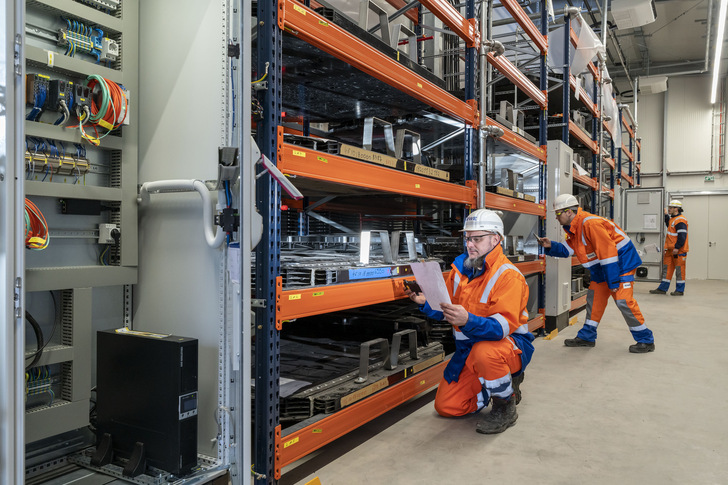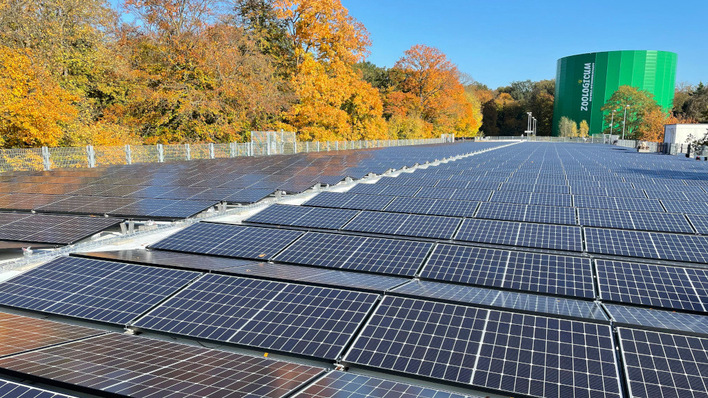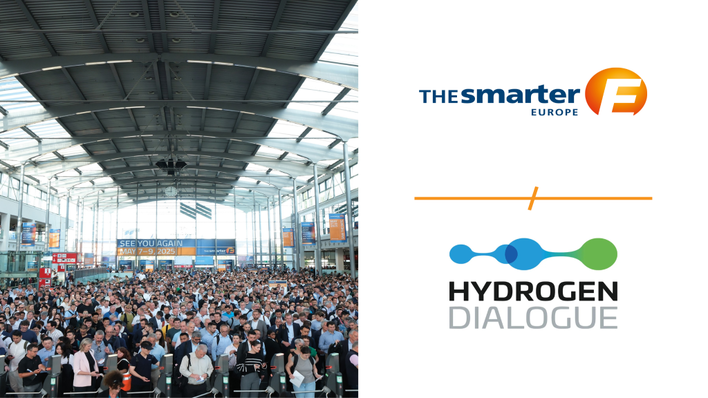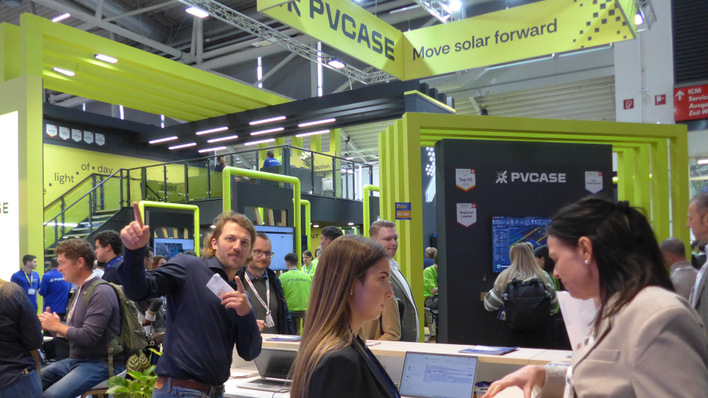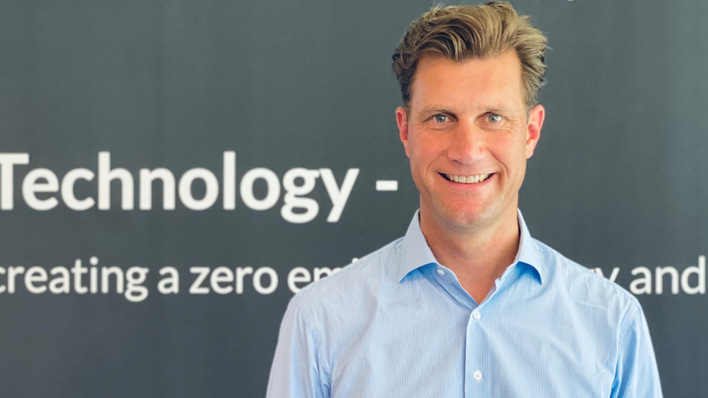The batteries taken out of service for the project come from Audi E-tron development vehicles. After their first life in the car, they still have a residual capacity of more than 80 per cent. This makes these so-called "second-life batteries" suitable for use in stationary storage units. Depending on how they are used, the batteries still have up to ten years of life left in them. This also makes them much more cost-effective than new cells.
Market for second-life batteries in Europe is growing strongly
RWE has built a 160-square-metre hall for the 60 batteries, which weigh around 700 kilogrammes, on the site of its pumped-storage power plant in Herdecke. The installation of the battery systems was completed in October. The commissioning of individual components started in November 2021. It is expected that RWE will market the storage capacity of its Second Life battery storage from the beginning of 2022 - initially to support the electricity grid as part of frequency maintenance. After that, the plan is to flexibly test further marketing methods.
See also: New battery pack factory in Lithuania
The findings from the reference storage unit in Herdecke should help RWE to build and operate larger storage units based on EV batteries in the future. According to the energy company, a technology is used in which two modules are connected in series. This increases the operating voltage and reduces costs. The Second Life battery storage facility in Herdecke is one of ten battery projects that RWE is implementing in the USA, Germany and Ireland. The market is huge: experts expect the market for second-life batteries in Europe to grow to eight gigawatt hours by 2030 and actually to 76 gigawatt hours by 2035. (nhp/mfo)


